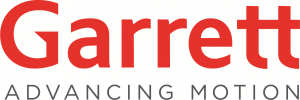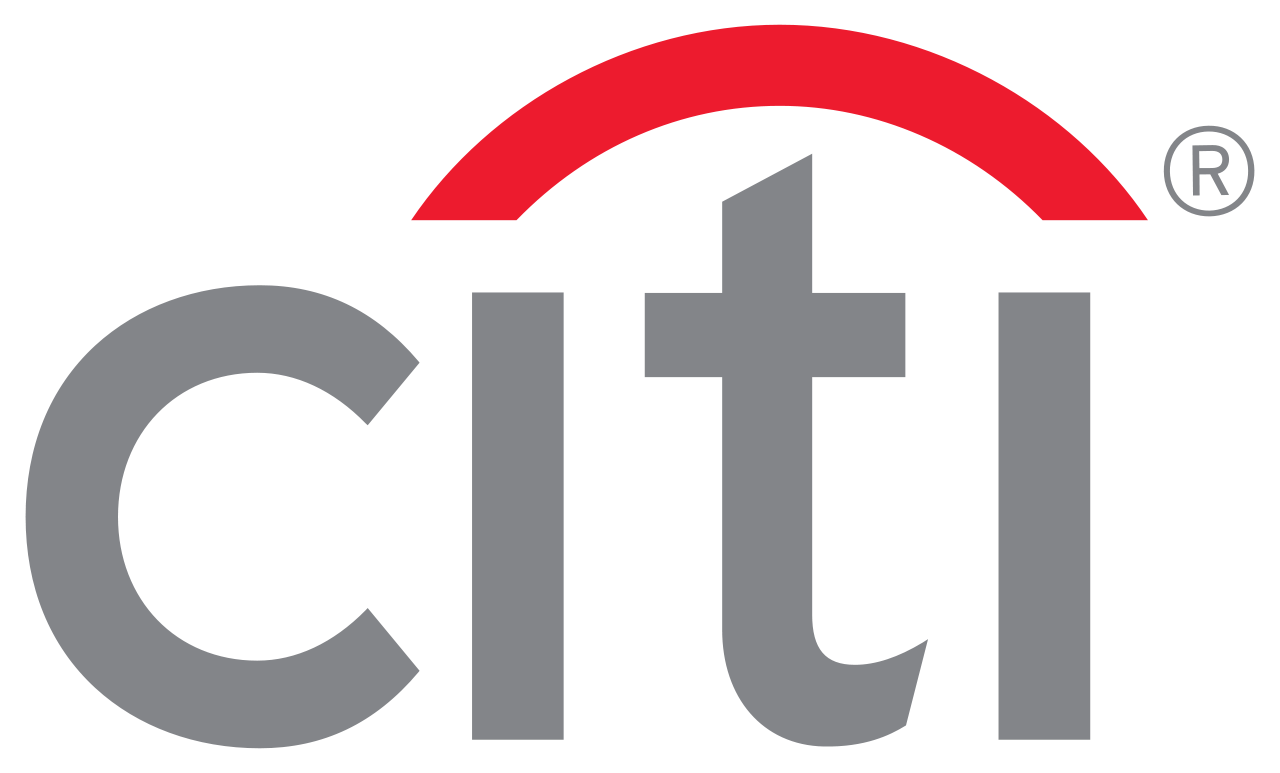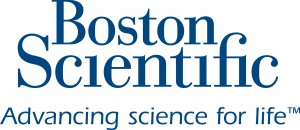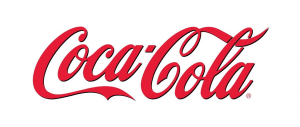Website Design – Trends in 2016
15.02.2017Company: SPĚVÁČEK vzdělávací centrum s.r.o.
During the present decade, high-speed Internet has become an integral part of everyday life, mobile communications, and, unsurprisingly, consumption patterns. The role of websites in marketing and sales is developing accordingly. A corporate website is no longer merely a static presentation; it is a channel for bidirectional communication with customers and, at the same time, a tool for analyzing their behavior as consumers.
Trends
Speed: Important content is shown immediately after a website is displayed, and it is visible at first sight to allow users to understand how to navigate the website as fast as possible.
Design: Interactivity facilitates website navigation and an attractive appearance stimulates users' perceptions of the featured product or service as having high quality.
Responsivity: Website content and design are automatically adapted to the user's device, such as a computer, tablet, or mobile telephone.
Segmentation and personalization: The monitoring of website visitors provides detailed information on users and their behavior for online advertising purposes. Based on data obtained in this way, different home page permutations are used to offer customized content to different target groups to underscore the advantages of the products and services that are most important to a given group of users.
Ongoing optimization: Website content is continually optimized based on customer-related data. Various techniques are used, such as AB testing, which consists of designing several versions of a particular sub-page and employing analytical tools to determine which version visitors respond to most favorably.
Correlation to financial indicators: The objective of every website visit is stimulating a conversion action, such as registration or order placement. Conversion analysis allows expressing in financial terms which campaigns and other sources of visits contribute to conversions and how they do so.
Summary
A website is a great tool for determining consumers' needs, for classifying consumers into segments, and, subsequently, for approaching each individual segment with custom-tailored content. Likewise, conversion analyses allow monitoring the effectiveness of investments into particular campaigns.
According to the Czech Statistical Office,* 63% of Czechs aged 16 years and older use the Internet to search for information on goods and services, while 43% of Czech consumers regularly make online purchases. The true potential of websites to generate sales can be observed by comparing the situation in the Czech Republic with that in the United Kingdom, where the Internet is used for shopping by 79% of the population.
All things considered, a modern website is an ideal tool for increasing a company's exposure to the general public and, consequently, for enlarging its customer portfolio.
Author:
Michal Spěváček
Sales and Marketing Director
SPĚVÁČEK překladatelská agentura s.r.o., SPĚVÁČEK jazyková škola s.r.o.
Tags: Business Development | IT |







